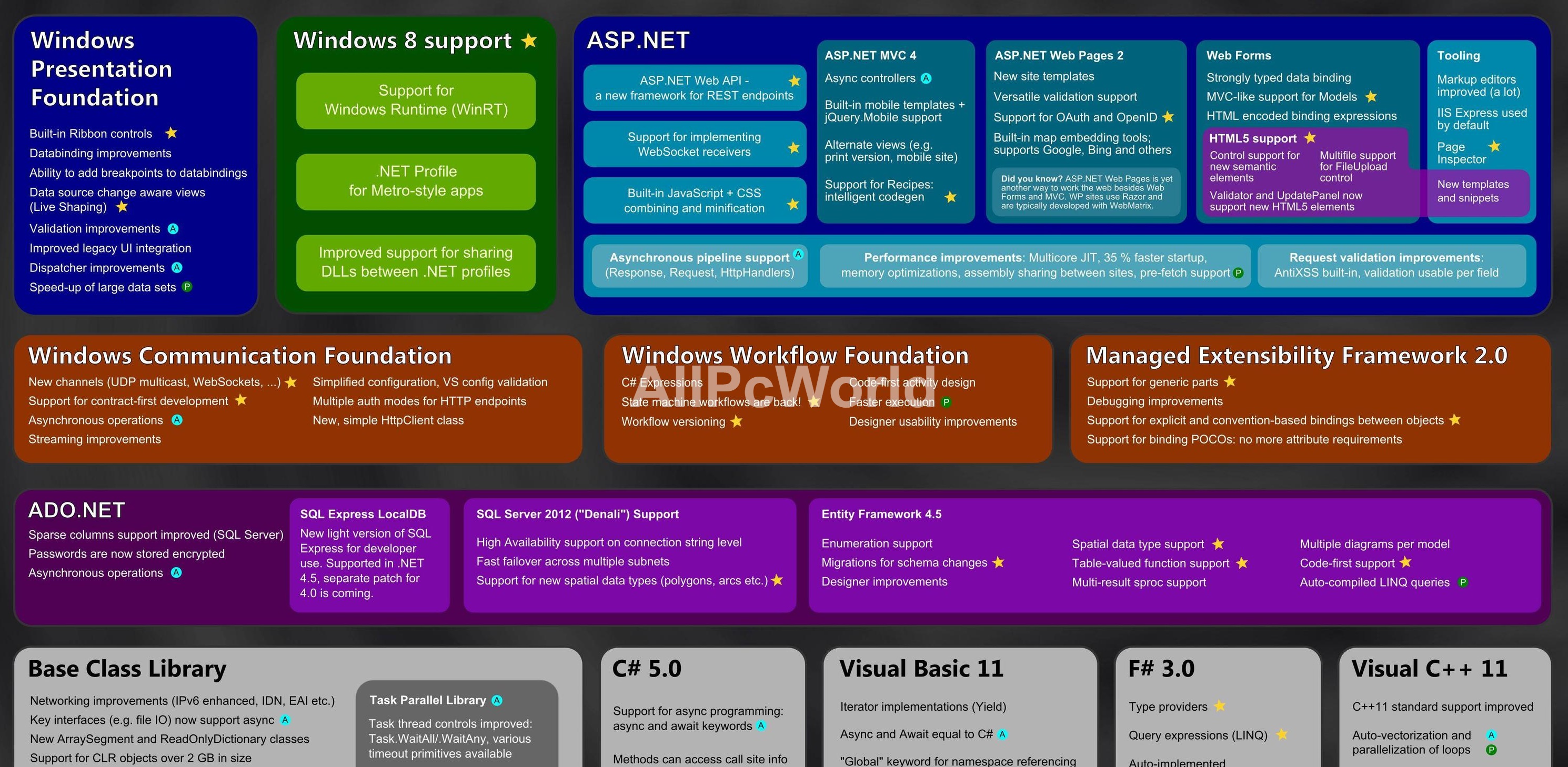


To give a concrete example, you only need to look at our VNC support, which works with only ~200 LOC. Our only requirement is the ability to push pixels and receive interaction events. What really illustrates this is our ability to easily support any platform. The drawn approach yields considerable benefits, especially regarding performance, ease of development and platform support. Most of our users are using SkiaSharp to achieve this, but our architecture makes the renderer pluggable and we’re looking at alternatives as SkiaSharp risks becoming a liability with its lack of maintenance from Microsoft. It relies on the underlying native UI toolkit to work, while we draw the entire UI using ourselves. MAUI is less a UI toolkit and more a UI abstraction. From a technical perspective, Avalonia’s approach is drastically different from that of MAUI. James: We tend not to compare ourselves to MAUI, which provides respectable support for mobile but falters on other platforms. InfoQ: How is Avalonia UI positioned in comparison with Microsoft’s recent efforts? Once we have a native Window, we’re good to start pushing pixels and receiving user input events.
#.net 5 android
On Linux, we only need X11, and iOS and Android just require NET.iOS and NET.Android. We previously had a version of Avalonia UI that depended on MonoMac, the precursor to Xamarin.Mac, but found its performance wasn’t acceptable, and thus created our own binding approach called MicroCOM.
#.net 5 windows
We have very minimal dependencies, on Windows only using Win32 for the Window. We achieve this by managing every pixel displayed within the application. If developers prioritise performance, then it makes sense for them to use Avalonia UI. In terms of our current state, we provide the most performant cross-platform UI toolkit for. NET ecosystem are doing some exciting things. That's not to disrespect them, but we believe that technologies outside the. We have a ton of respect for MAUI, but we see Flutter and Qt as the main competitors going forward. If we look at Flutter or the growing popularity of web technologies, we see that it's possible to deliver high-quality experiences without using native UI toolkits. In 2013, this was extremely important, but it's no longer such a crucial component when picking a UI technology. When I worked at Xamarin, the significant benefit was that Xamarin apps were native apps that is, they used the native UI toolkits. We're often compared to MAUI, which interests me as we don't view MAUI as a competitor. Our strength is our ability to provide a high-performance, consistent user experience across platforms while providing developers with a familiar, stable and proven SDK. Today the landscape is very different we have many more options, all with their strengths and weaknesses. NET in 2012, the only option was Xamarin. James: When I started exploring cross-platform UIs for. InfoQ: What is the current state of Avalonia UI in the. We've always regarded blindly copying Windows APIs as a flawed strategy. While WPF and WinUI influence our APIs, we don't simply copy them we change things where we can improve. Our API is designed to be cross-platform, and we take time to ensure that added features make sense in the context of cross-platform UI app development. You can develop apps for powerful desktops, low-powered embedded devices, phones, tablets, and WebAssembly. The other key benefit of Avalonia UI is that we have the broadest range of supported platforms while not compromising performance. You don't need to learn or dig into platform-specific APIs to tweak your app's UI or create custom controls! We've found that this level of customisation is essential to many of our users. James: Using Skia, we enable "pixel-perfect" applications that look the same across every platform.

InfoQ: What are the key features and benefits of using Avalonia UI for developing desktop applications?
#.net 5 code
We recently announced our first foray into products with Avalonia XPF, our cross-platform WPF, which enables WPF apps to run on macOS and Linux with little to no code changes. The core contributors established a company a few years back to provide support and development services to enterprises. Mike James: The project has its roots in OSS, being community-led from its inception rather than being built by an established business and later shared. InfoQ: How did Avalonia UI emerge within the ecosystem? InfoQ interviewed Mike James, CEO of Avalonia UI, in order to understand more about this UI framework and its features. NET developers, designed to facilitate the development of desktop applications that can run on Windows, macOS, Linux, iOS, Android, and WebAssembly. Avalonia UI is an open-source and cross-platform UI framework for.


 0 kommentar(er)
0 kommentar(er)
